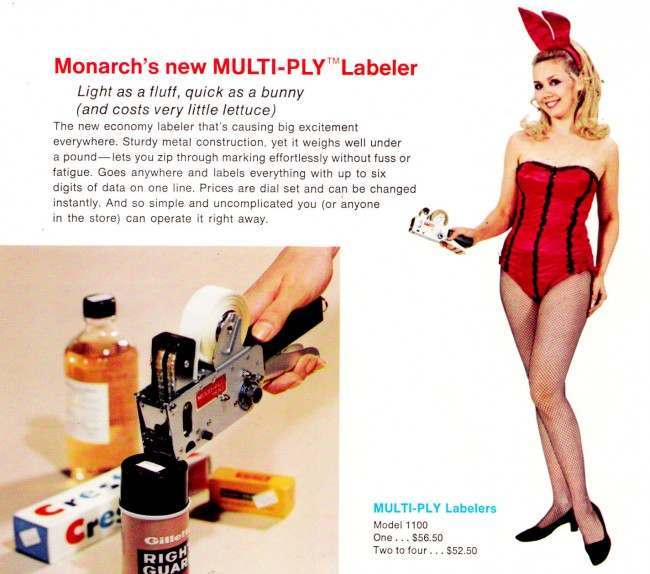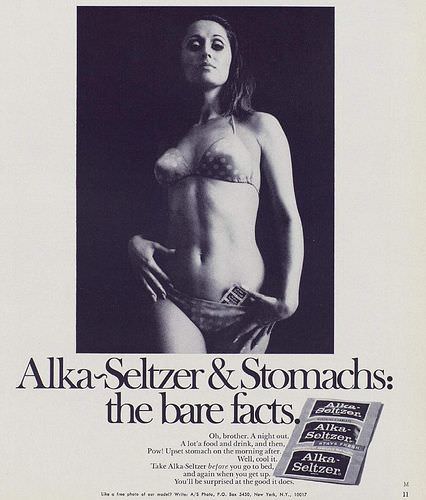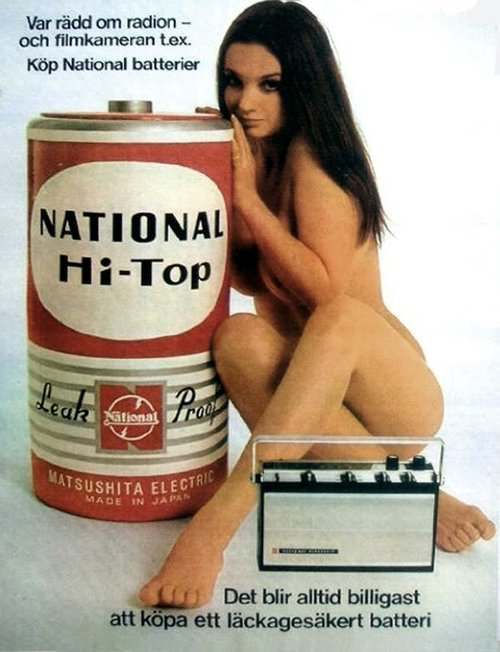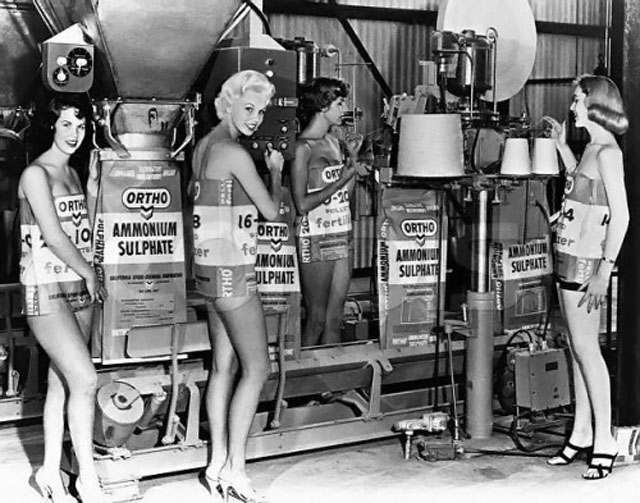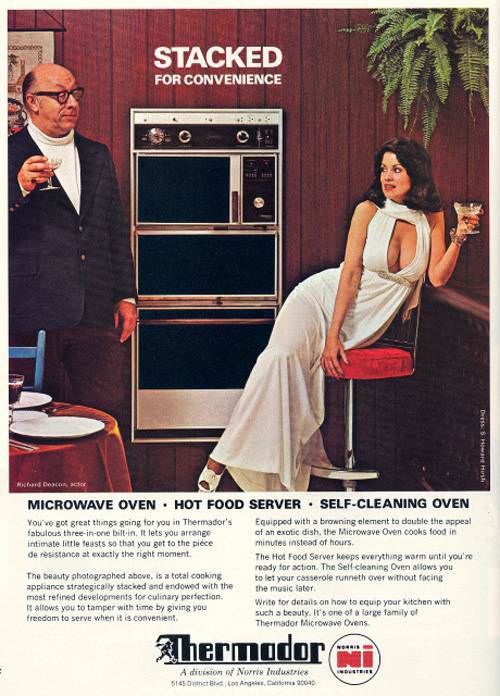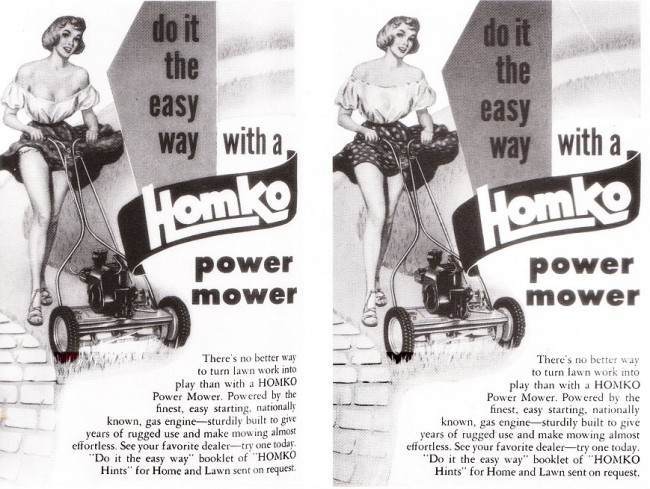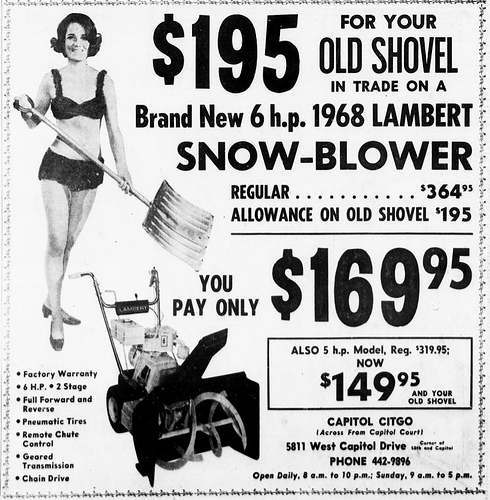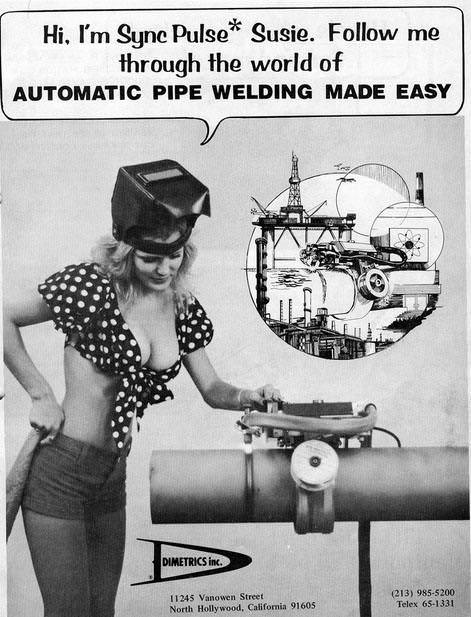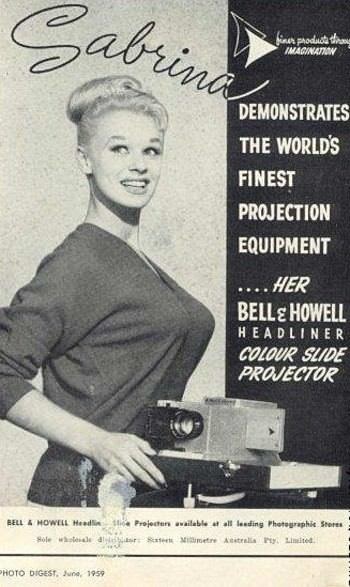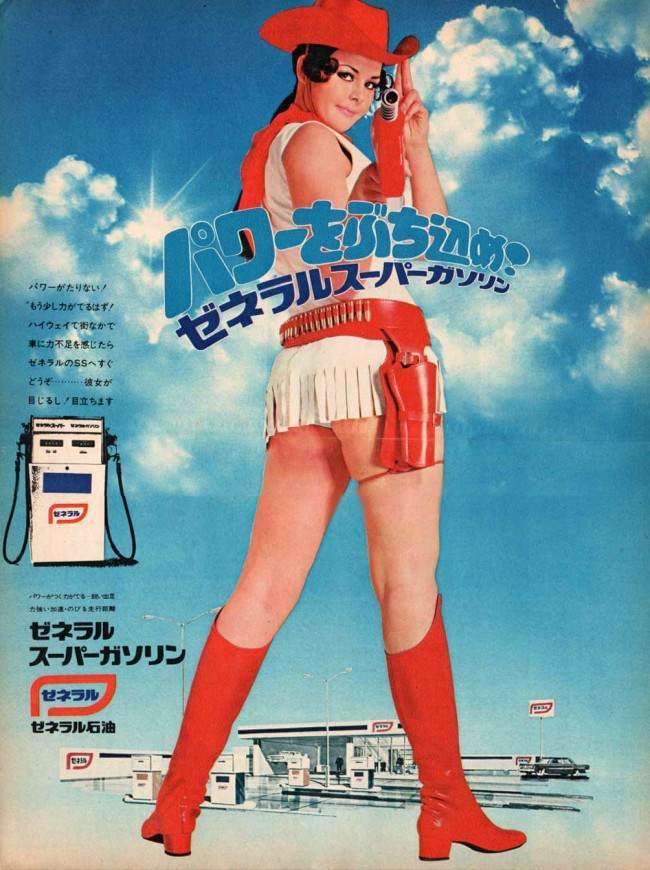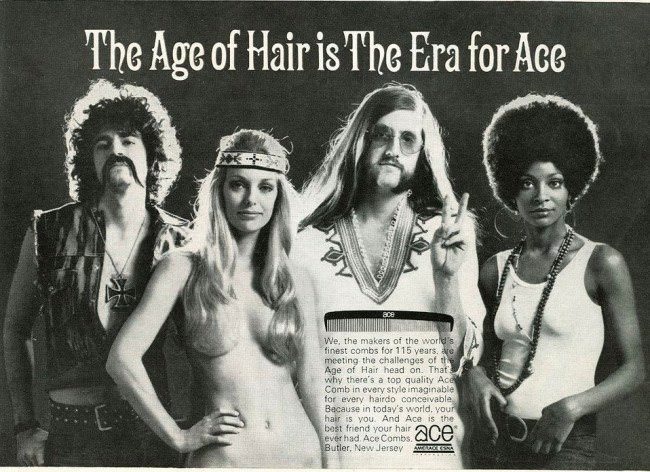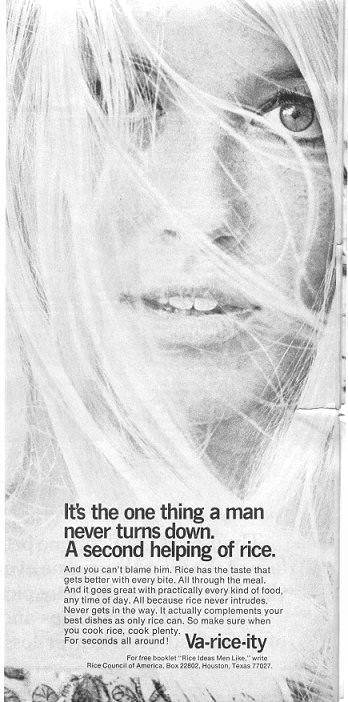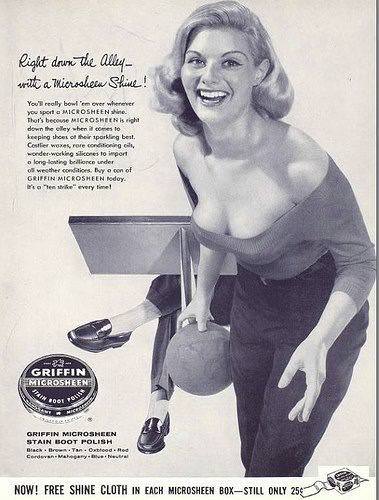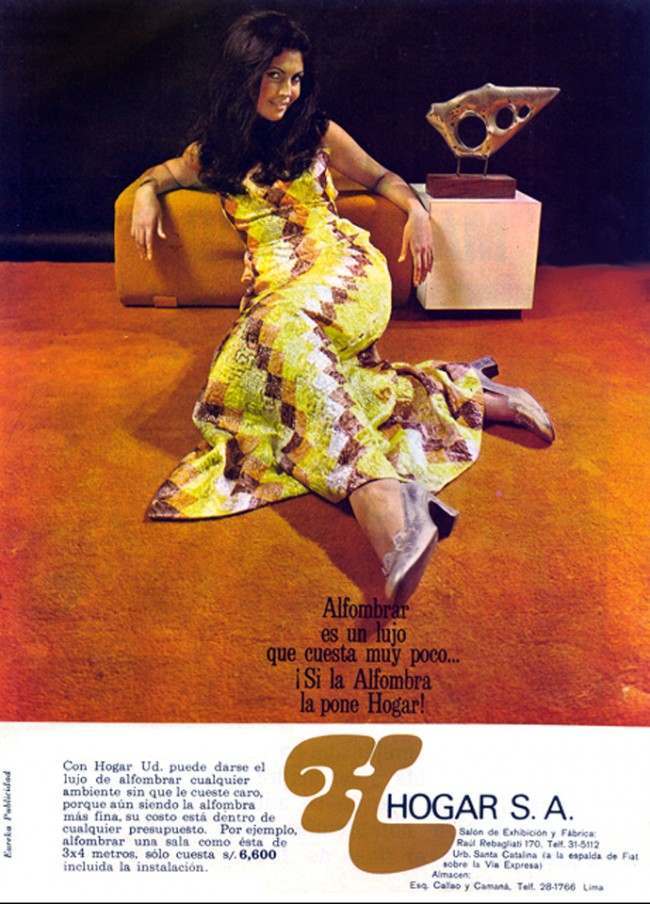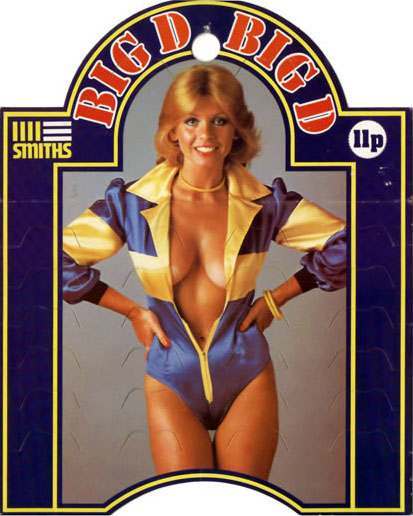Throughout history, advertisers have used various tactics to catch our attention. One of the most surprising methods is the use of sex appeal. In vintage advertisements, the phrase “sex sells” was taken to a whole new level. It seemed that almost any product could benefit from a touch of sexy imagery.
In the past, advertisements often targeted men as the primary consumers. During these times, men’s tastes were predictable. Advertisers knew that a little bit of sexiness could grab their attention. This led to some strange and unnecessary marketing choices. For instance, a simple antacid might feature a glamorous woman to attract male buyers.
Many vintage ads included images of women in revealing outfits. They often posed next to products, suggesting that using these items would somehow make life more exciting. For example, a car ad might show a beautiful woman draped over a sports car, implying that owning the car would make you more attractive. This tactic was common in ads for everything from beer to household cleaners.
Some ads went even further, using suggestive language and scenarios. A famous ad for a brand of cigarettes featured a woman in a swimsuit, with the tagline suggesting that smoking would enhance your social life. These ads mixed sexuality with everyday products, making them seem more appealing.
The mindset behind these ads was simple: sex sells. Advertisers believed that by using attractive models, they could draw in customers. This strategy worked well for products like colognes and alcohol, where the connection to sex felt more natural. However, it often felt out of place for more mundane items, like laundry detergent.


